There was a time, before today’s AI rush, when anyone and everyone seemed to be going all in on eXtended Reality or XR, the umbrella term for AR, VR, and mixed reality all smashed together. Now it seems that Meta and Apple, the latter with its self-branded “spatial computing” platform, are the only big players left in this field. HTC Vive, like its smartphones, has silently gone into the background, and Valve’s SteamVR and Index headset have taken a backseat to the Steam Deck. Now another big name in that is practically calling it quits, regardless of any lingering ties and commitments. Microsoft has reportedly discontinued its remaining mixed reality headset, the HoloLens 2, and in doing so puts the final nail in the coffin of a virtual experience that was already on life support for a long time.
Designer: Microsoft (via UploadVR)
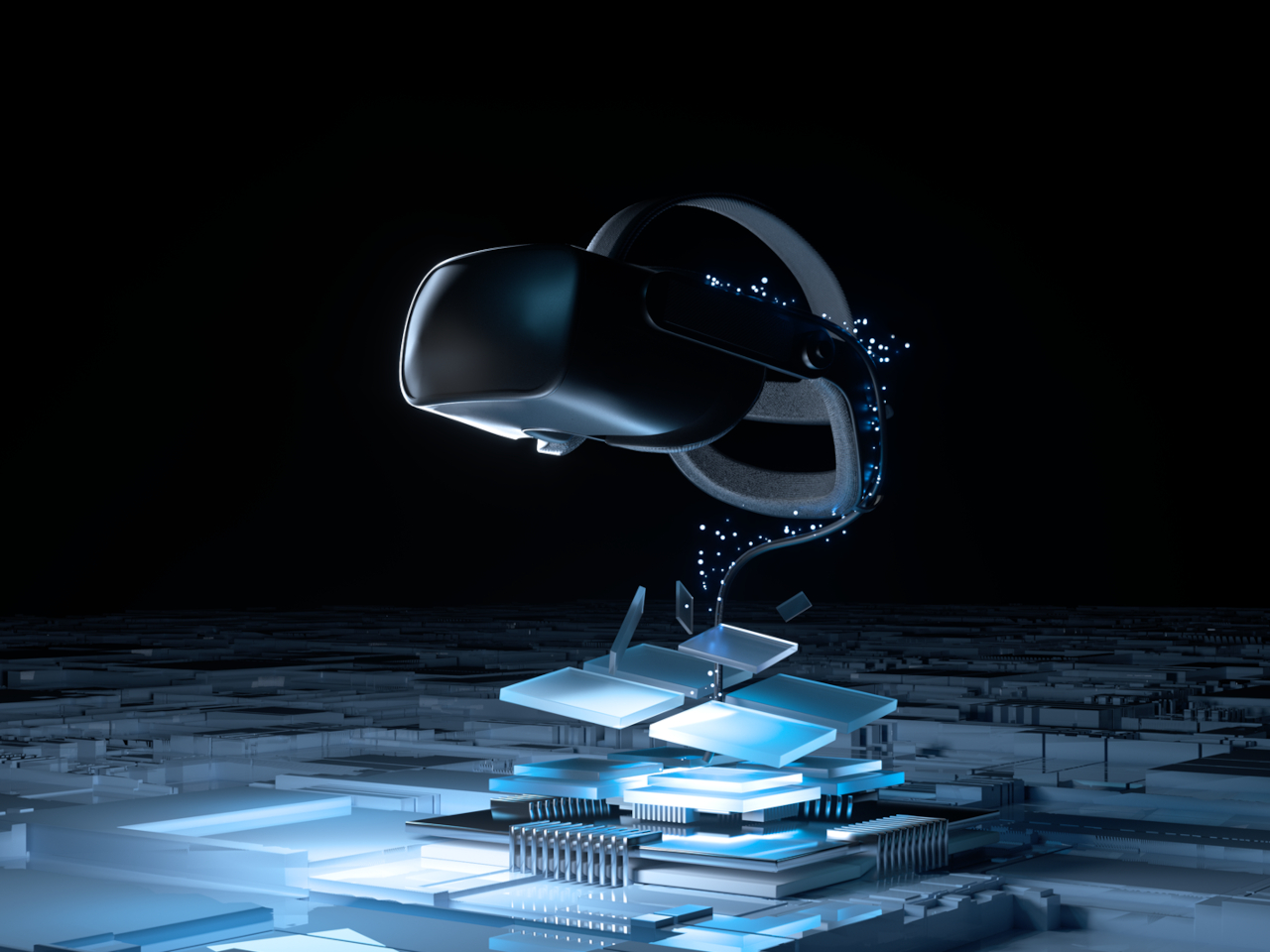
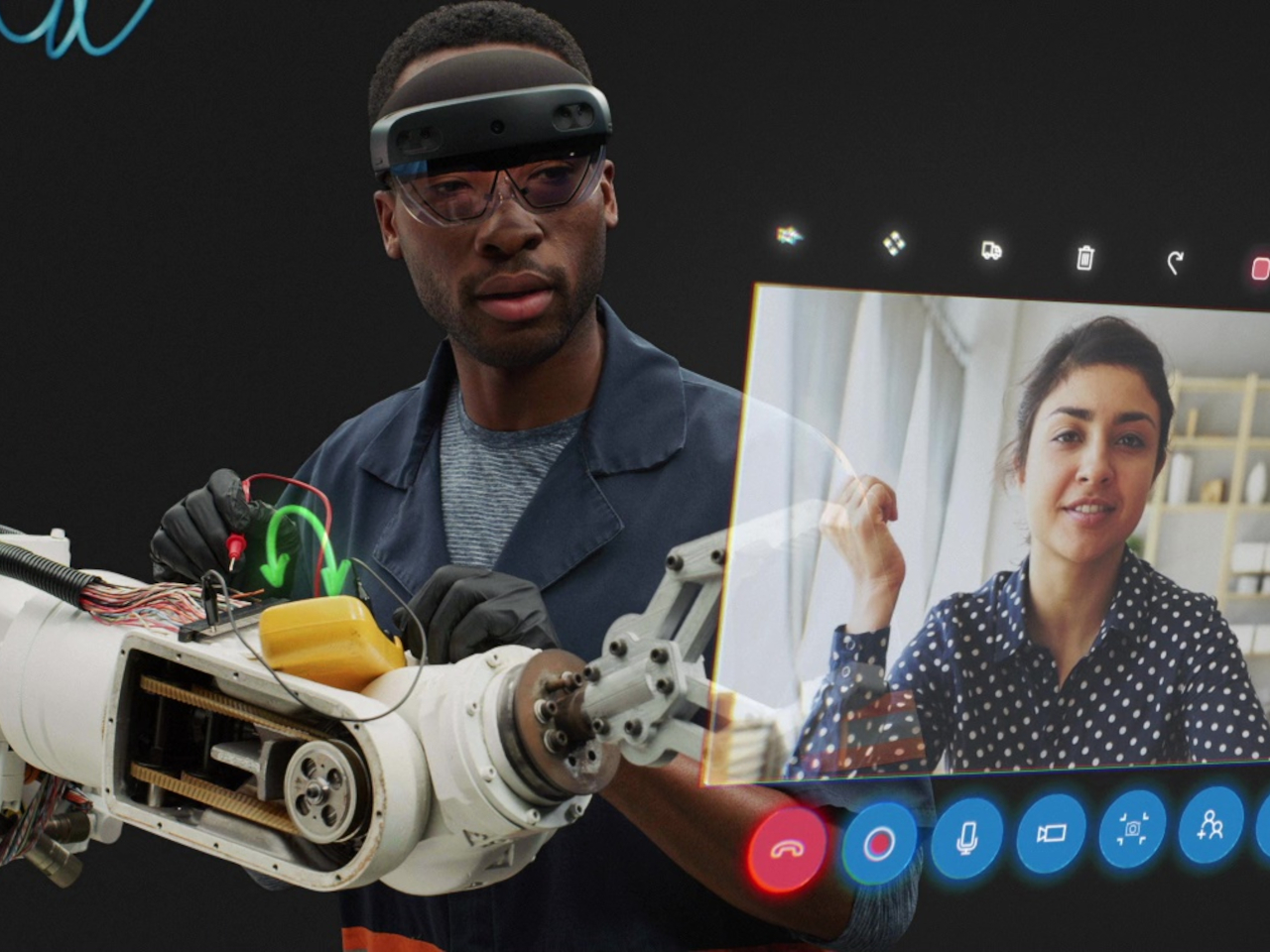
It probably surprises no one that the HoloLens 2 is on its way out. It’s a five-year-old device that sported advanced features no one else had back in 2019 but has been surpassed by modern headsets since then. Without any successor, however, it’s clear that Microsoft has other plans, ones that no longer involved the enterprise, nor the mixed reality experience that it made available to the public.
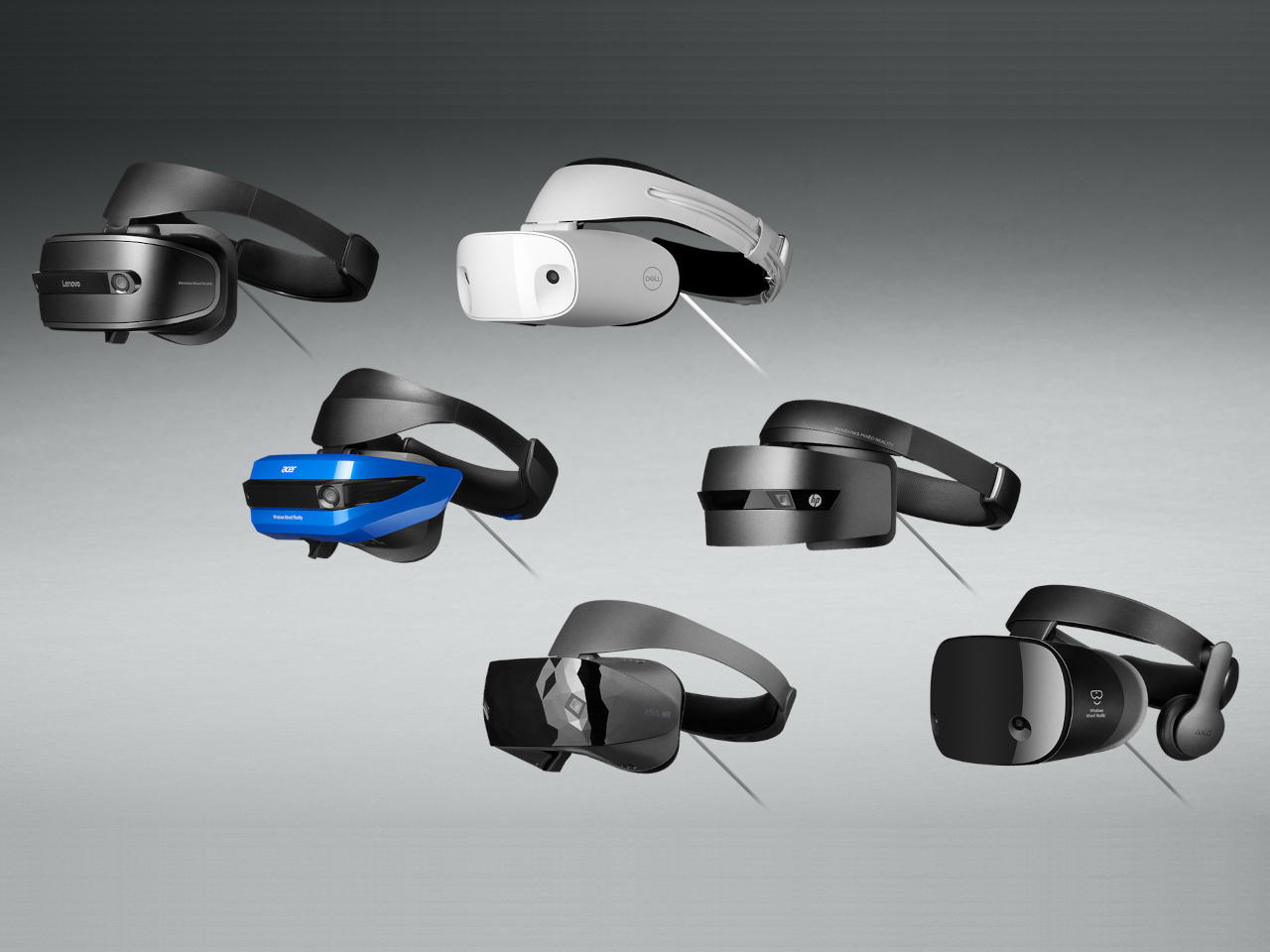
Microsoft actually announced late last year that its Windows Mixed Reality (WMR) platform was being deprecated, so the writing has been on the wall ever since. This mixed reality platform, launched back in 2017, predated Apple’s visionOS but practically promised the same virtual computing experiences in real-world space. Of course, the technology back then wouldn’t be able to hold a candle to today’s Vision Pro, and Microsoft quickly learned that its HoloLens and WMR aren’t going to fly with consumers who can’t even afford the headset. It has, since then, pivoted to the enterprise market, targeting industrial and field workers, training scenarios, and the like.
According to the report, the HoloLens 2, the current and last iteration of that hardware, has gone out of production, so the moment supplies run out, that will be it for the headset. It will remain supported until December 2027, perhaps to honor Microsoft’s existing enterprise contracts. That said, it hasn’t completely turned its back on extended reality, but its focus will be on the militarization of the technology, which means custom experiences that won’t be available to the public. And that will last for only as long as the US Army is interested in that technology.
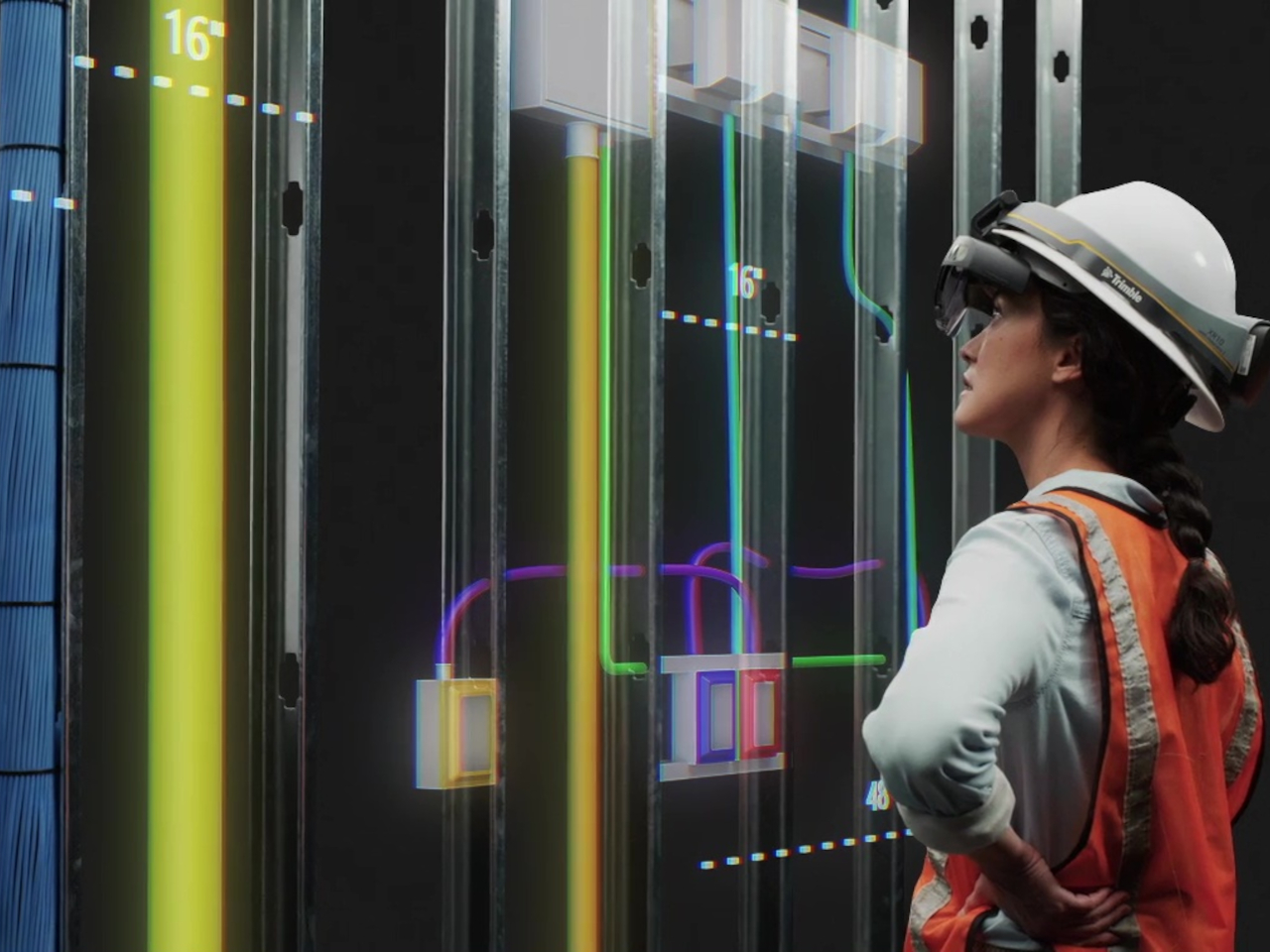
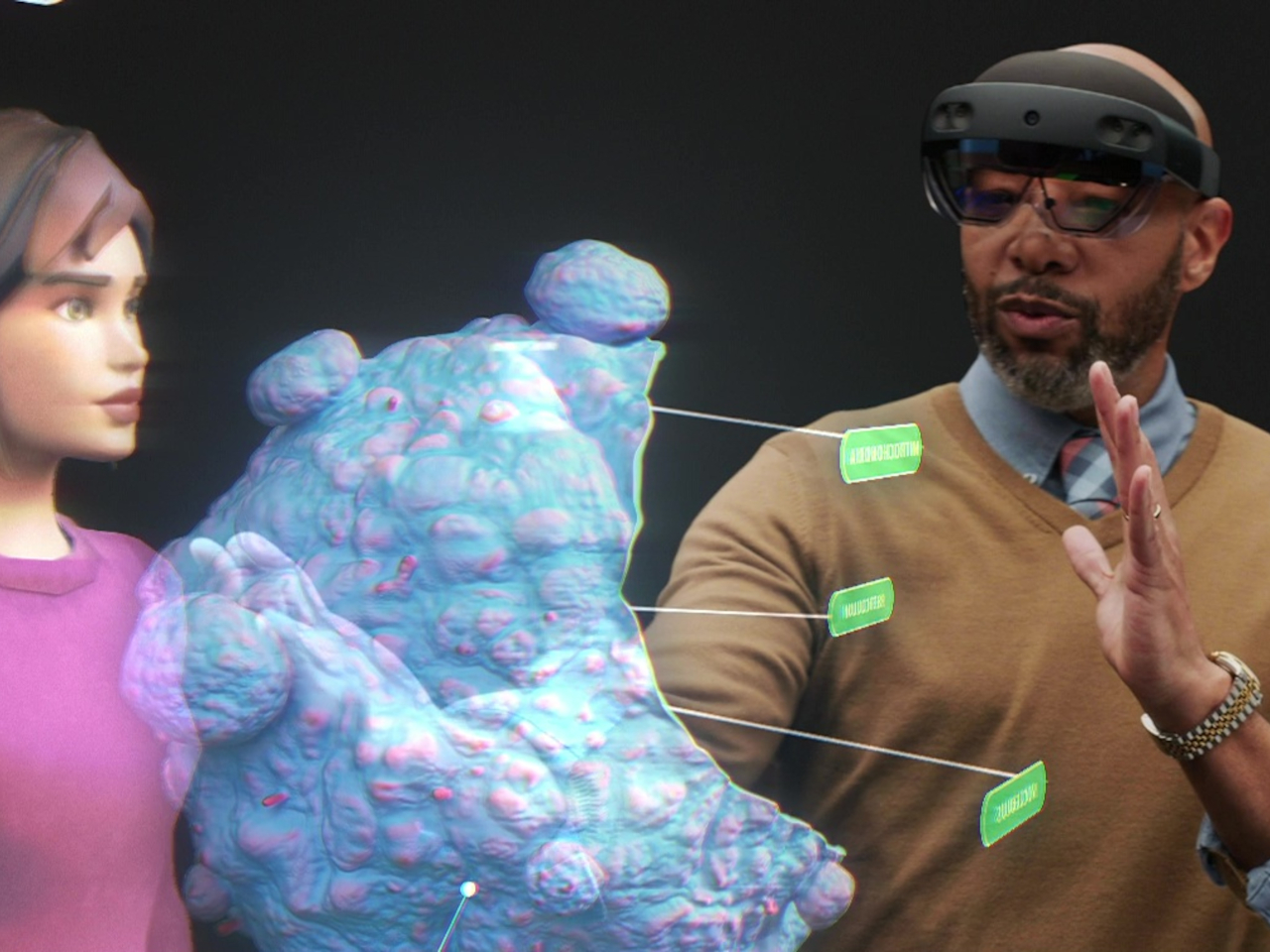
Microsoft’s exit from the XR market is perhaps yet another sign of this industry’s ailing health. Although the Apple Vision Pro generated plenty of hype, its prohibitive price tag has made it less of a commercial success. In the meantime, Meta more or less remains at the top and continues to try its luck with new designs that could bring this technology to even more people. Even Microsoft has put its XR eggs in the Quest basket, making its Office suite and Xbox Cloud Gaming available there, which in turn, made its own XR platform really pointless. But with even fewer stakeholders, XR runs the risk of becoming a monoculture where only one company dictates the kind of experiences you’ll have in the Metaverse and beyond.
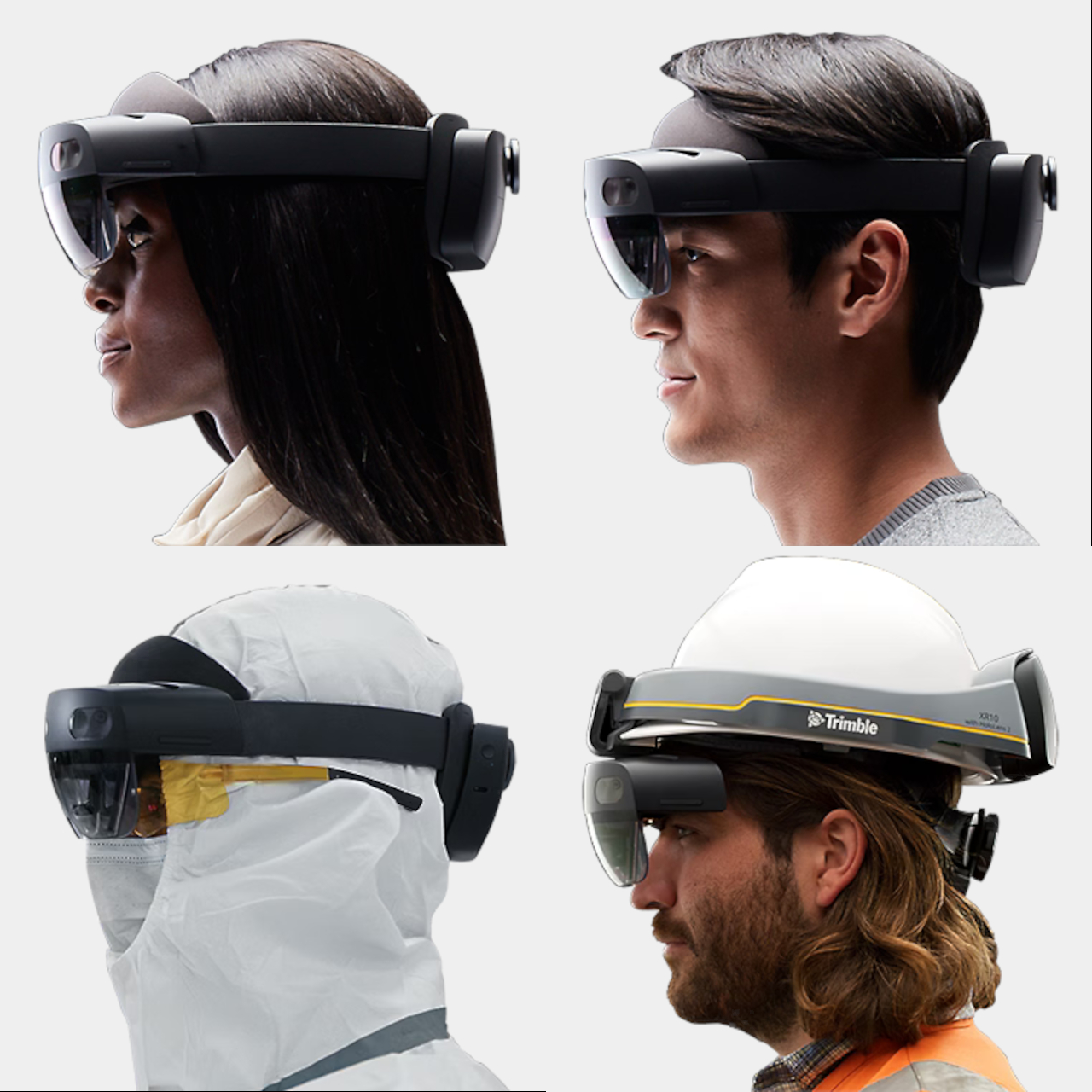
The post HoloLens 2 discontinuation practically ends Microsoft’s Mixed Reality vision first appeared on Yanko Design.
0 Commentaires